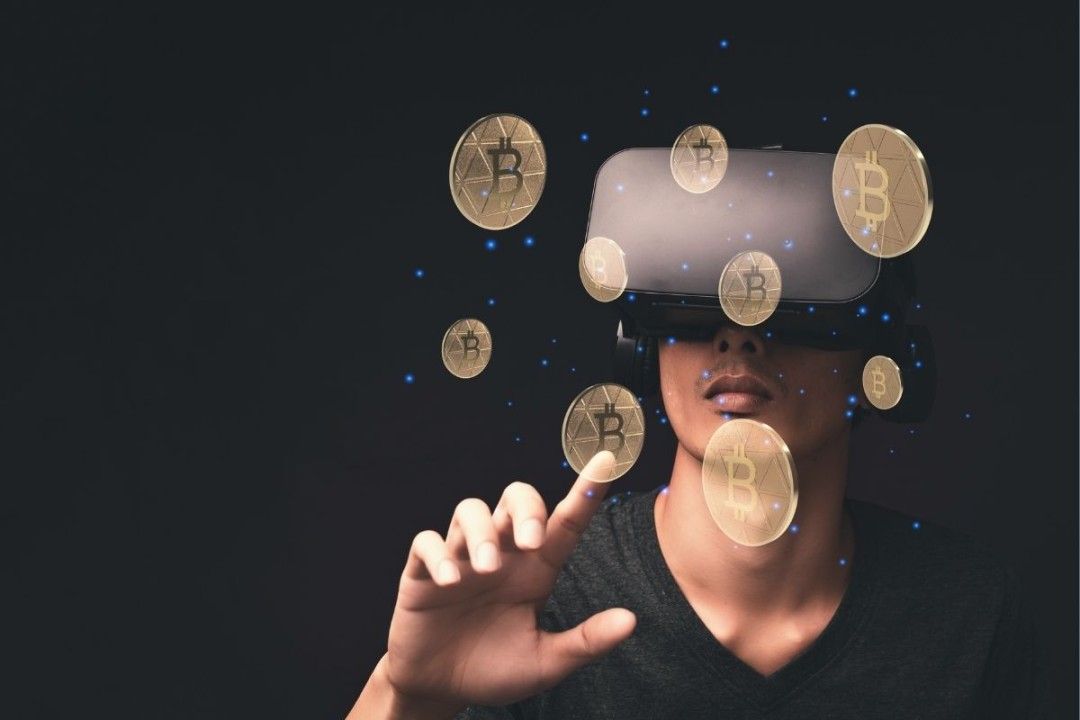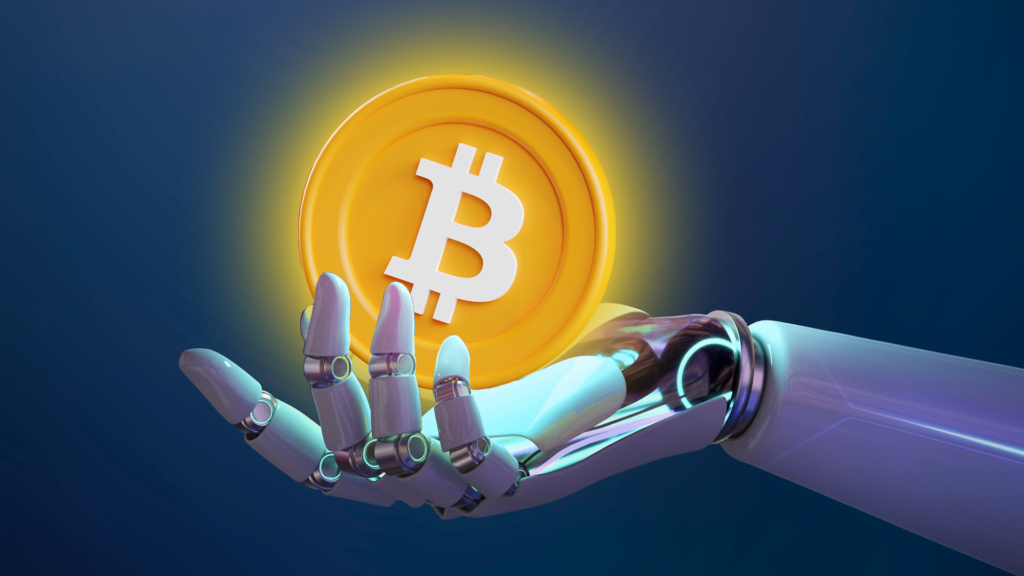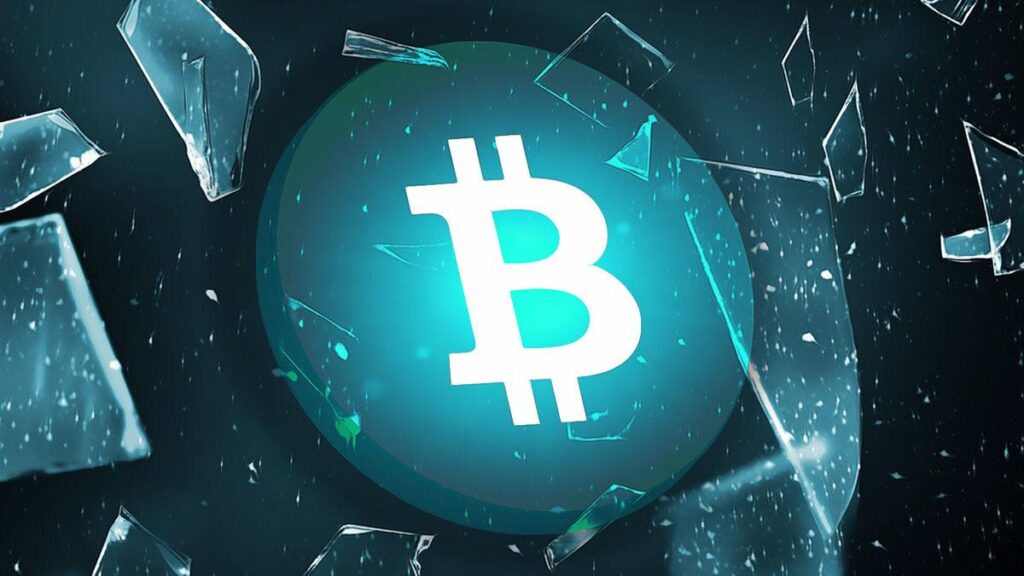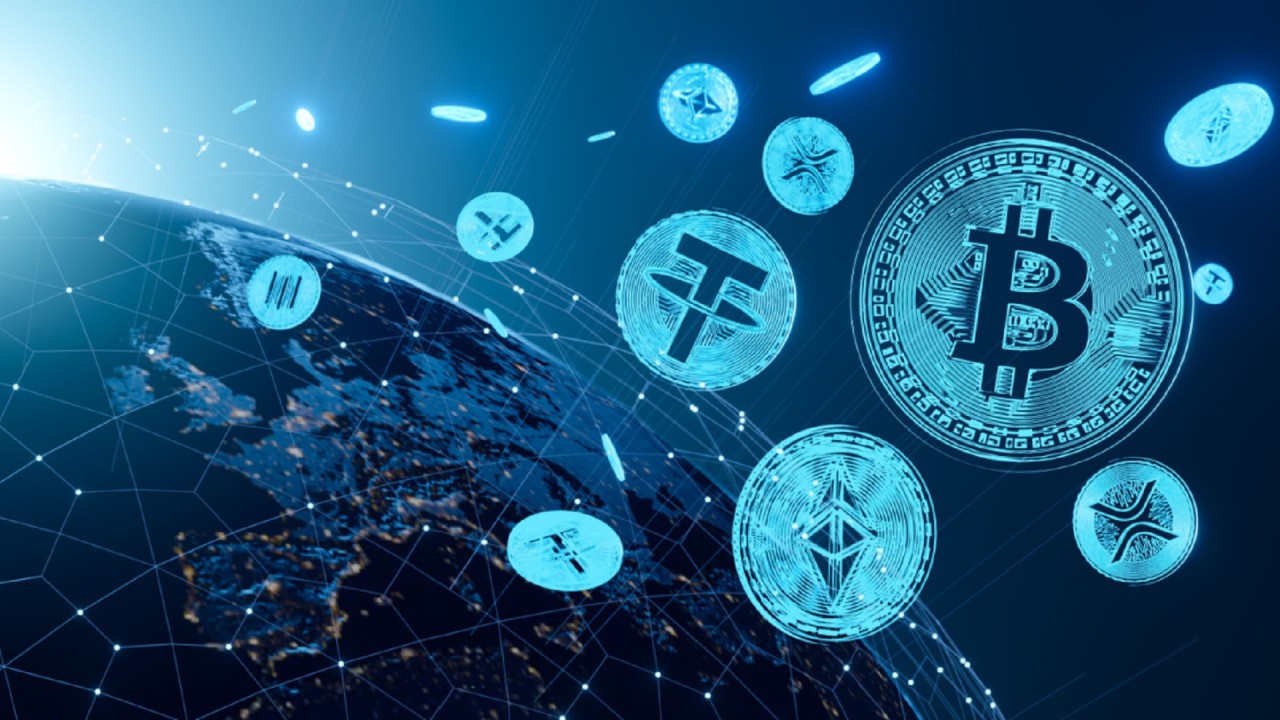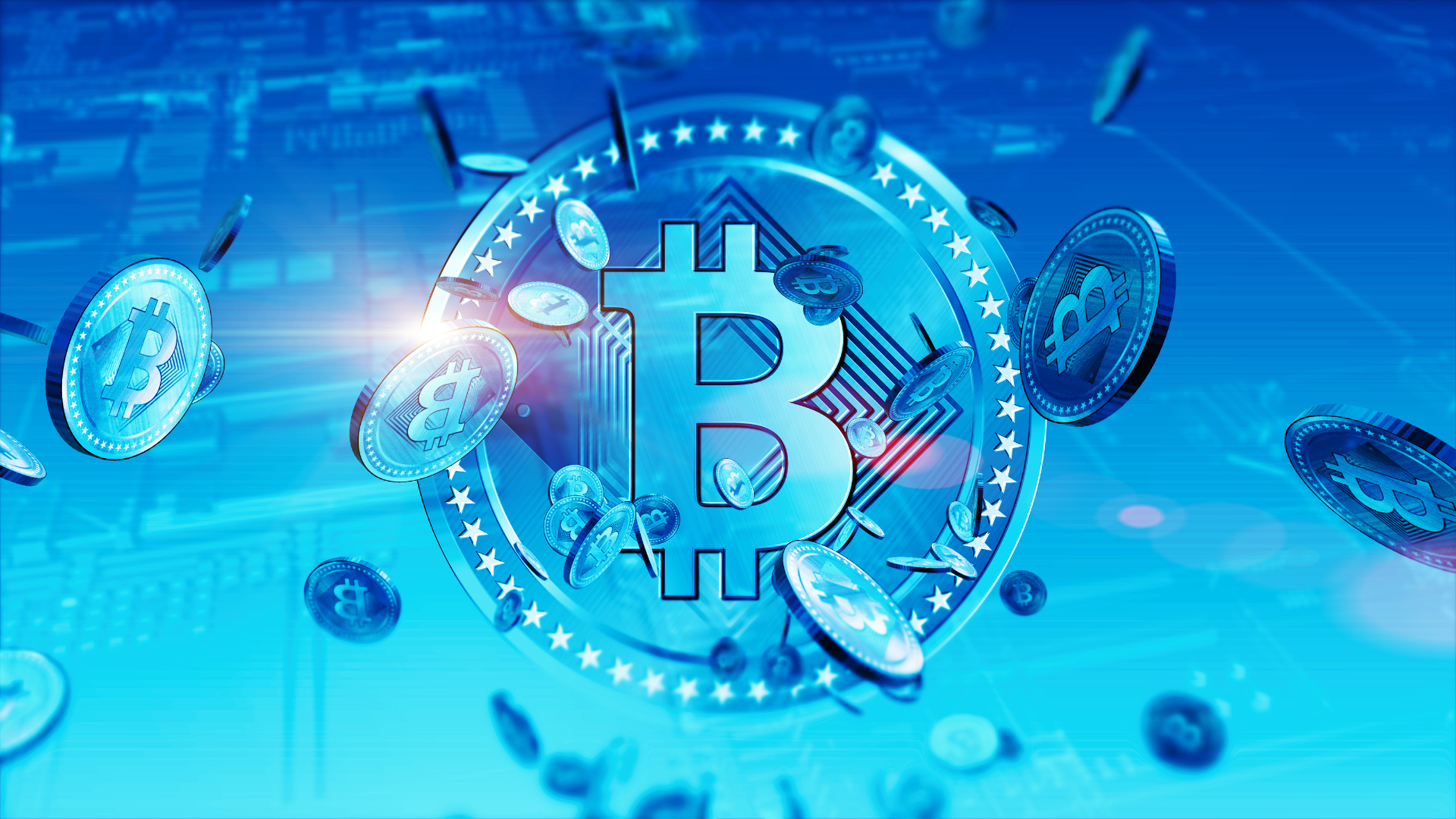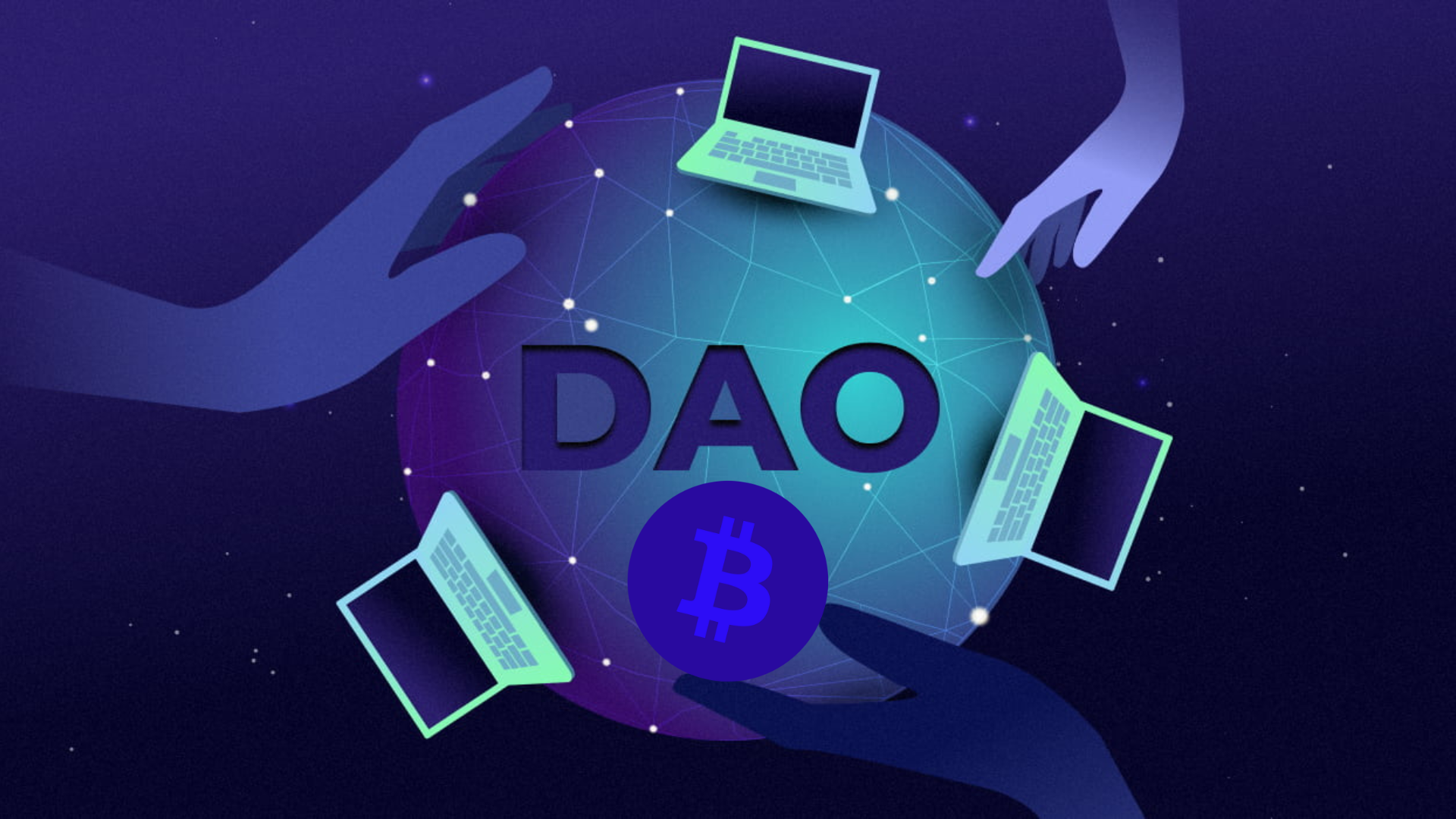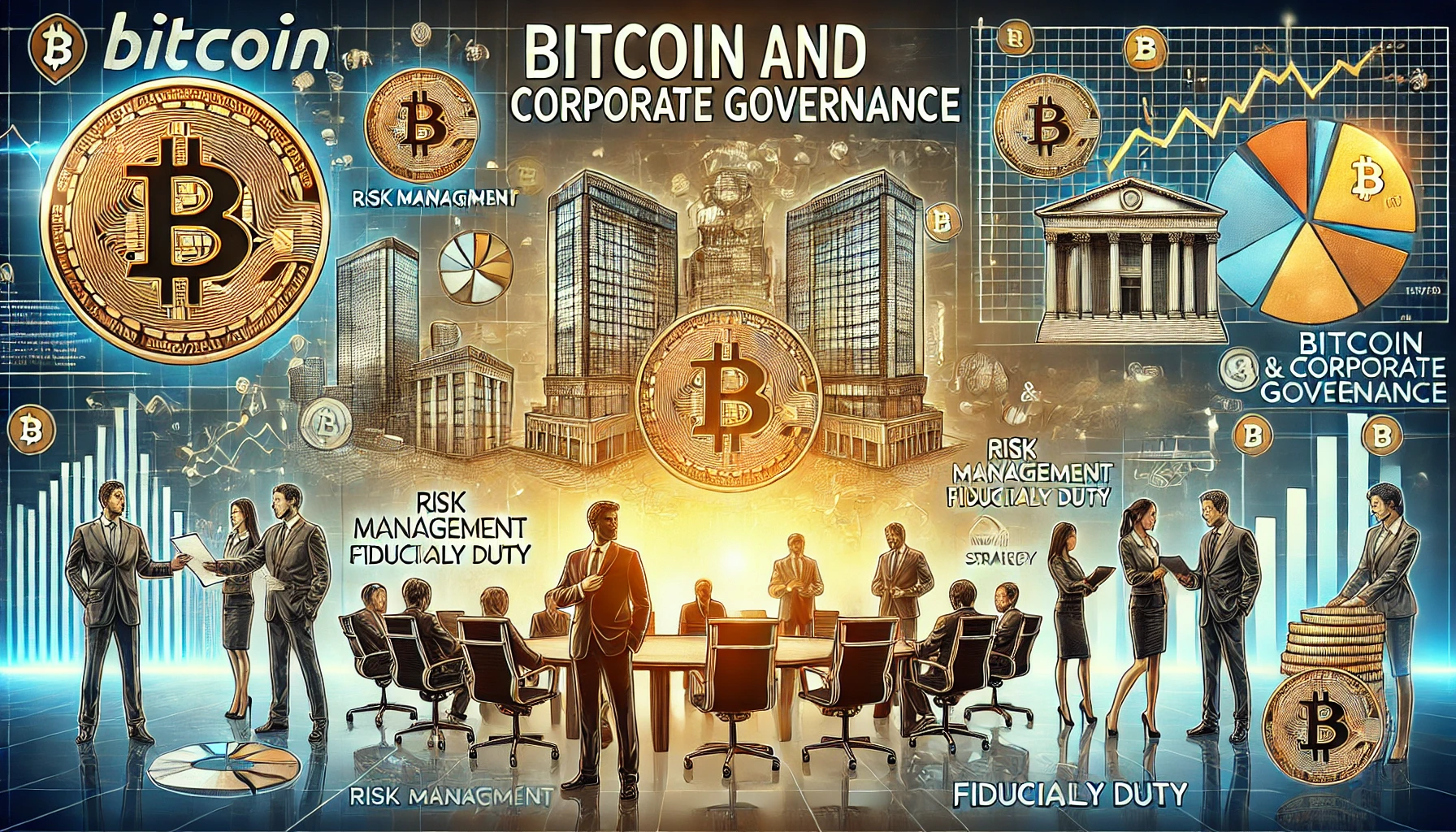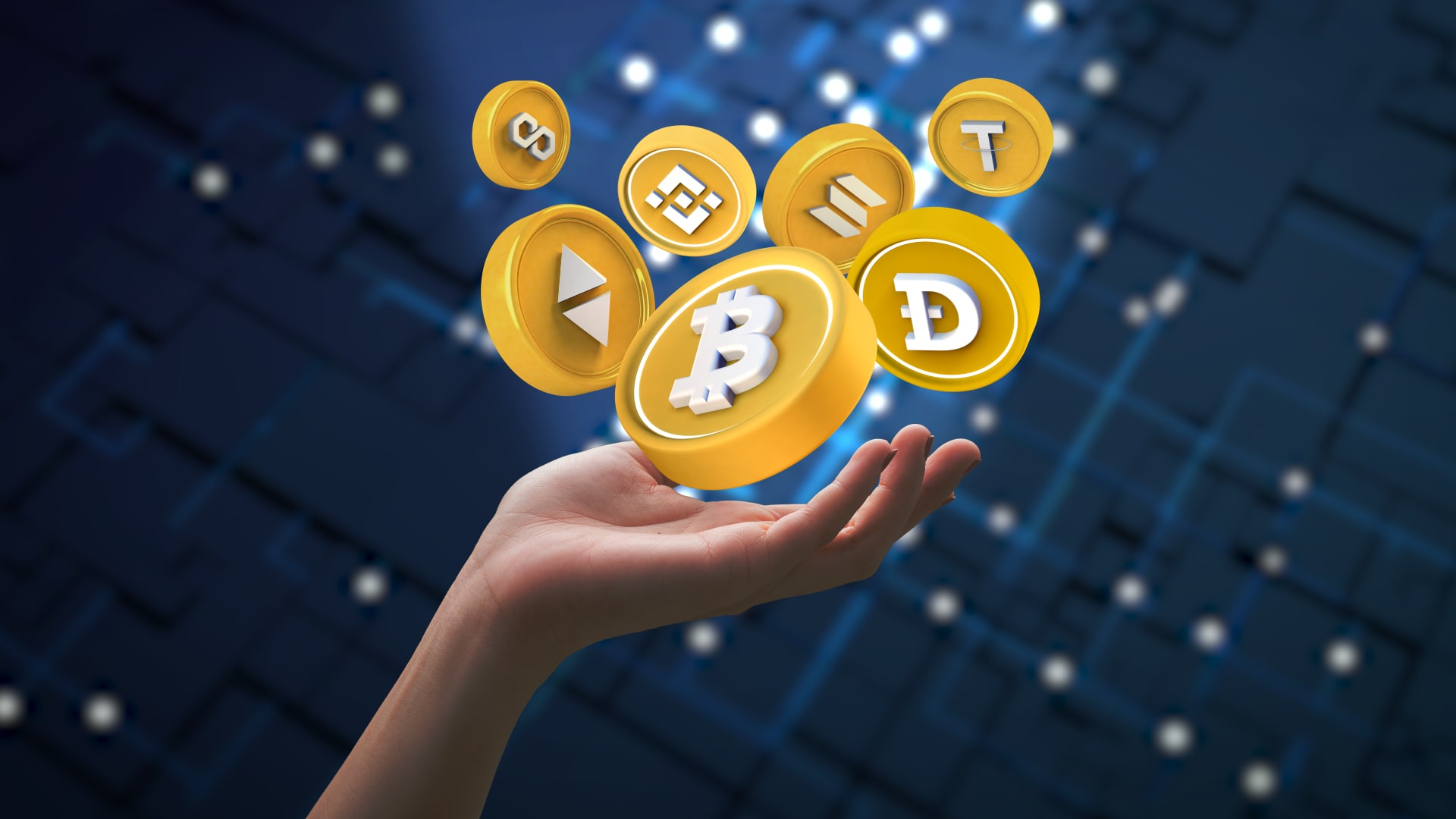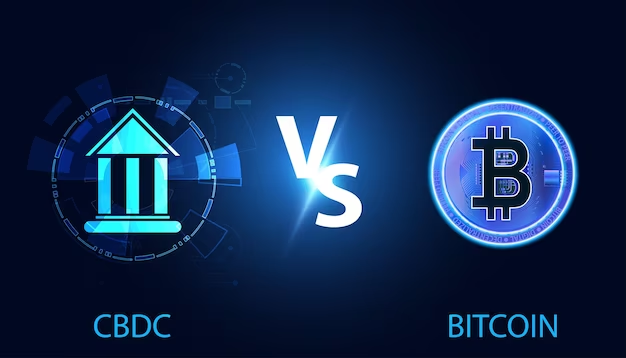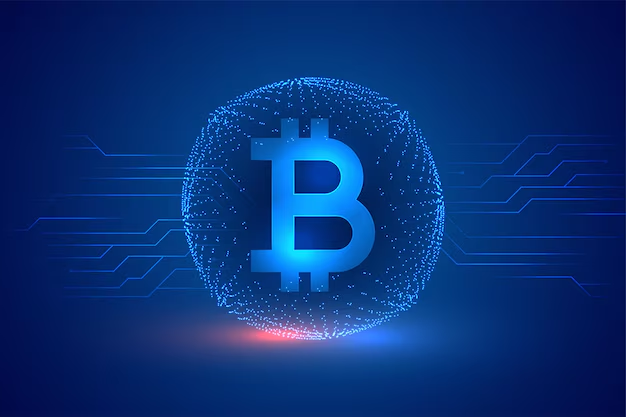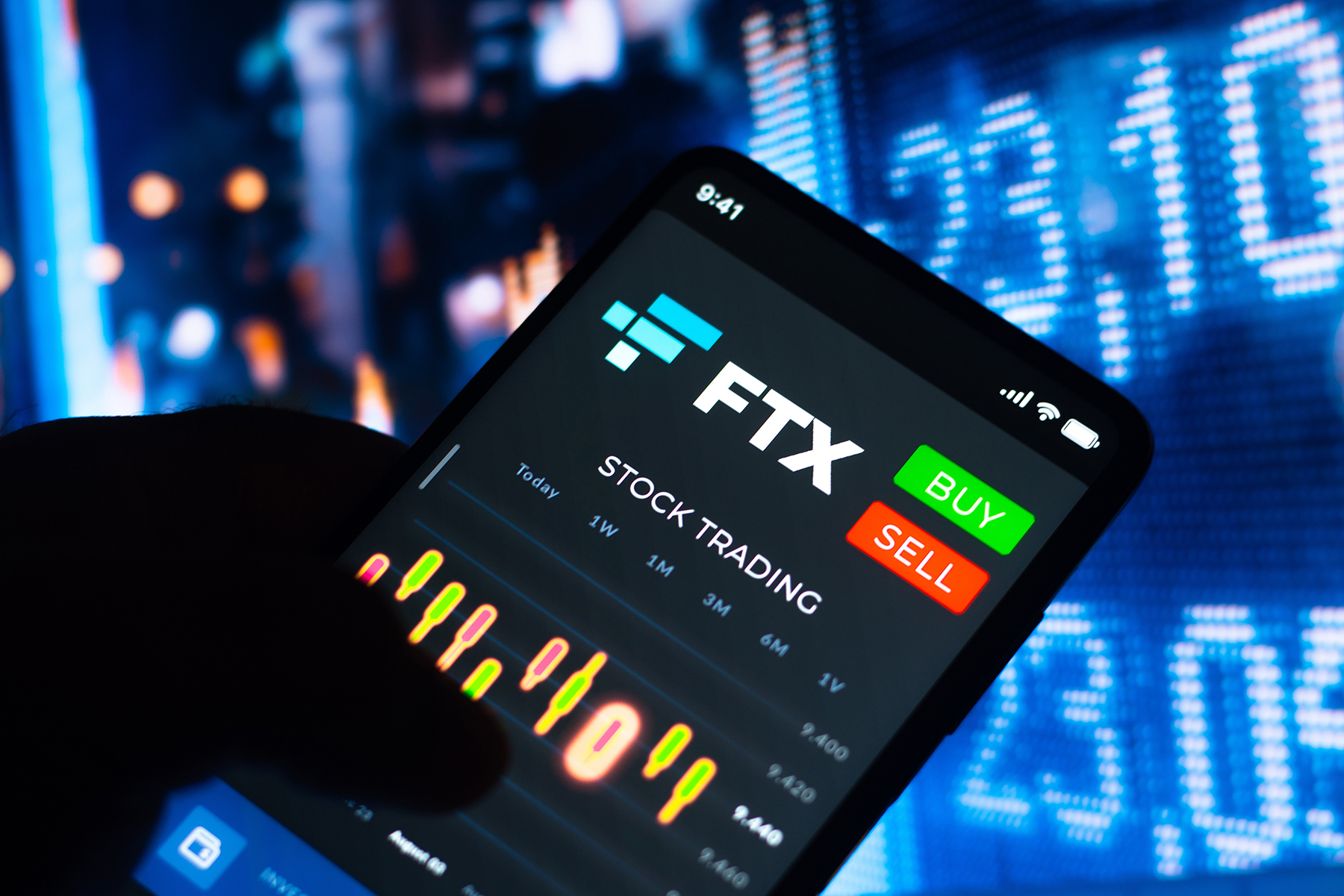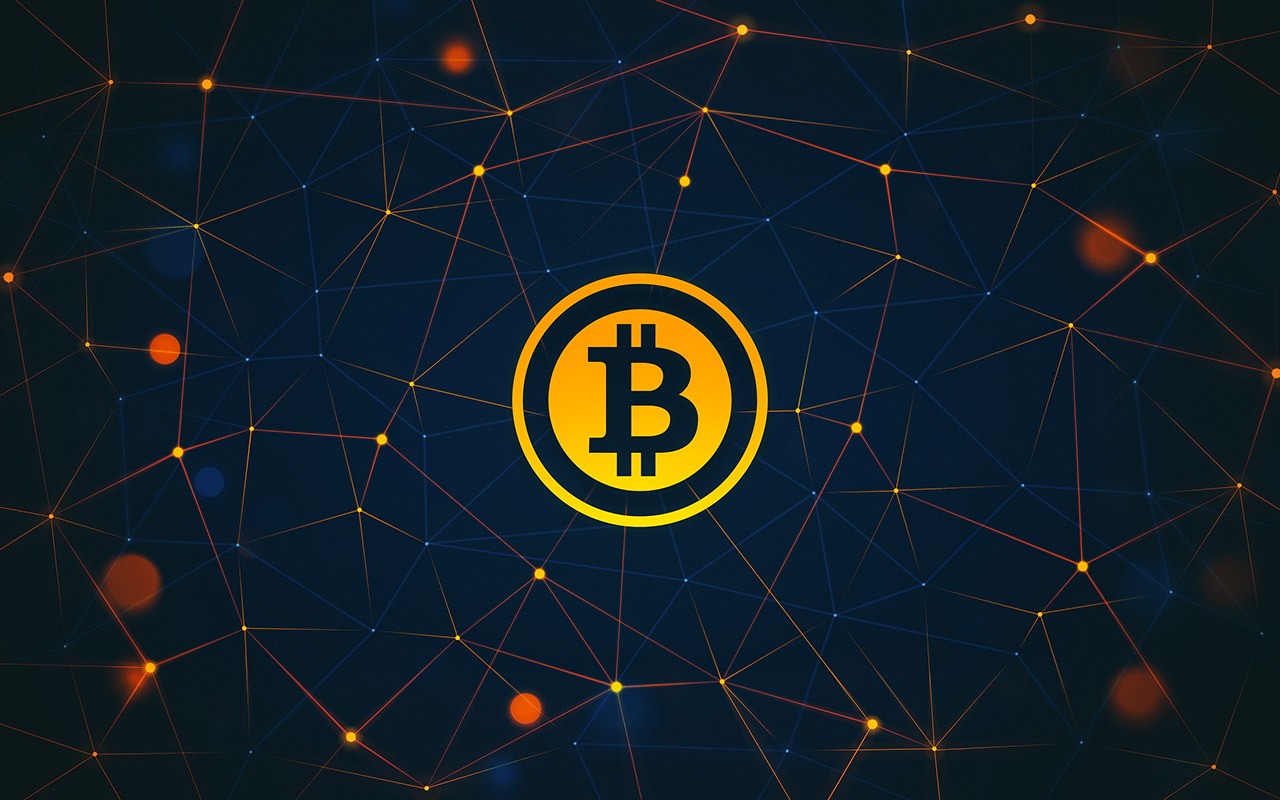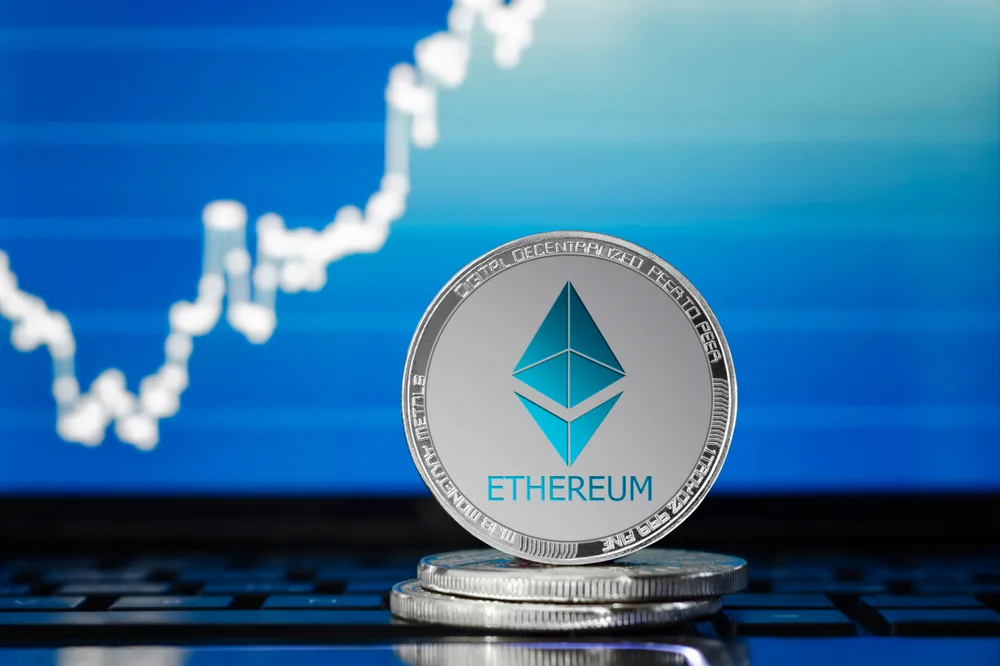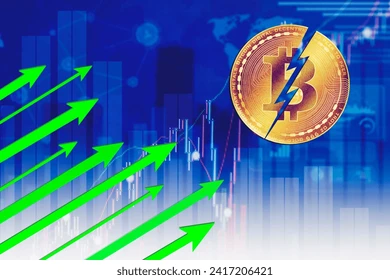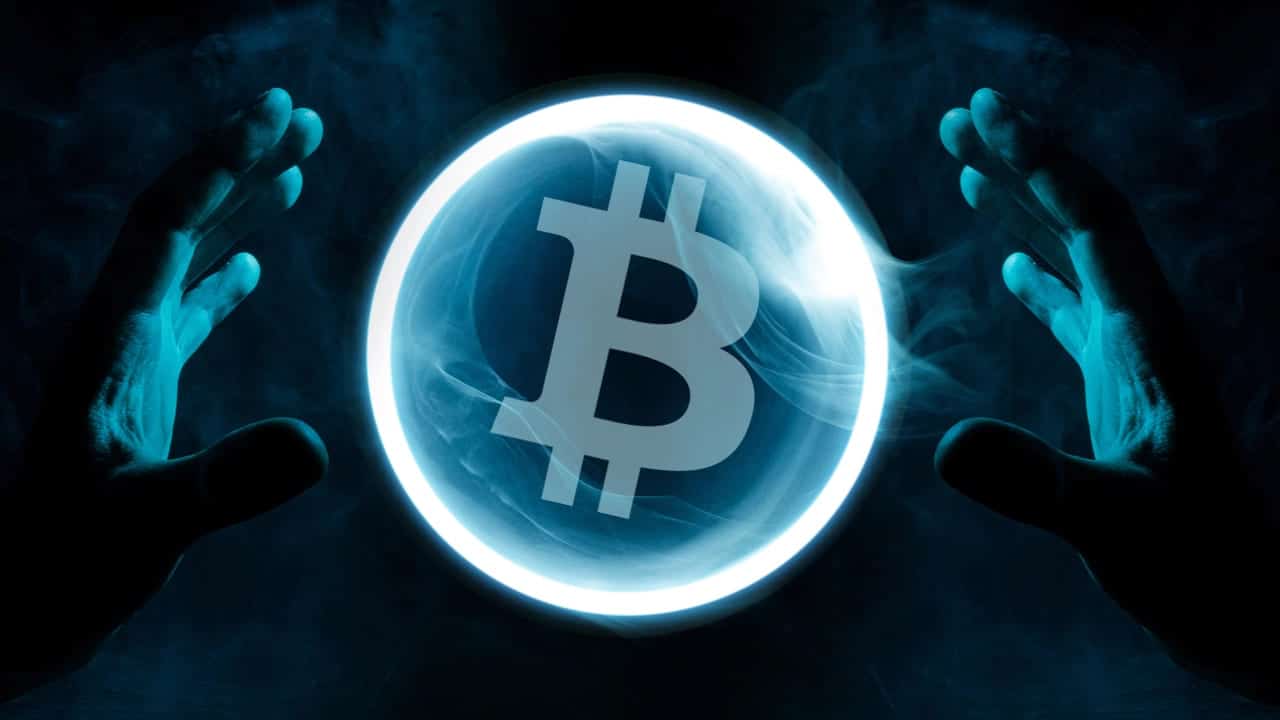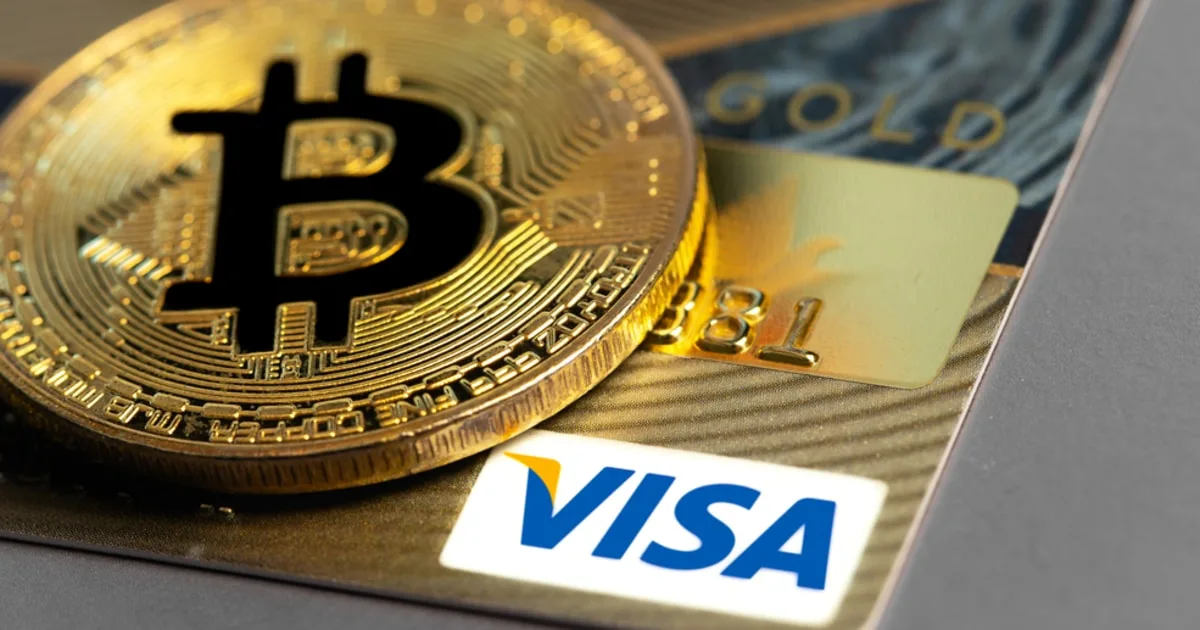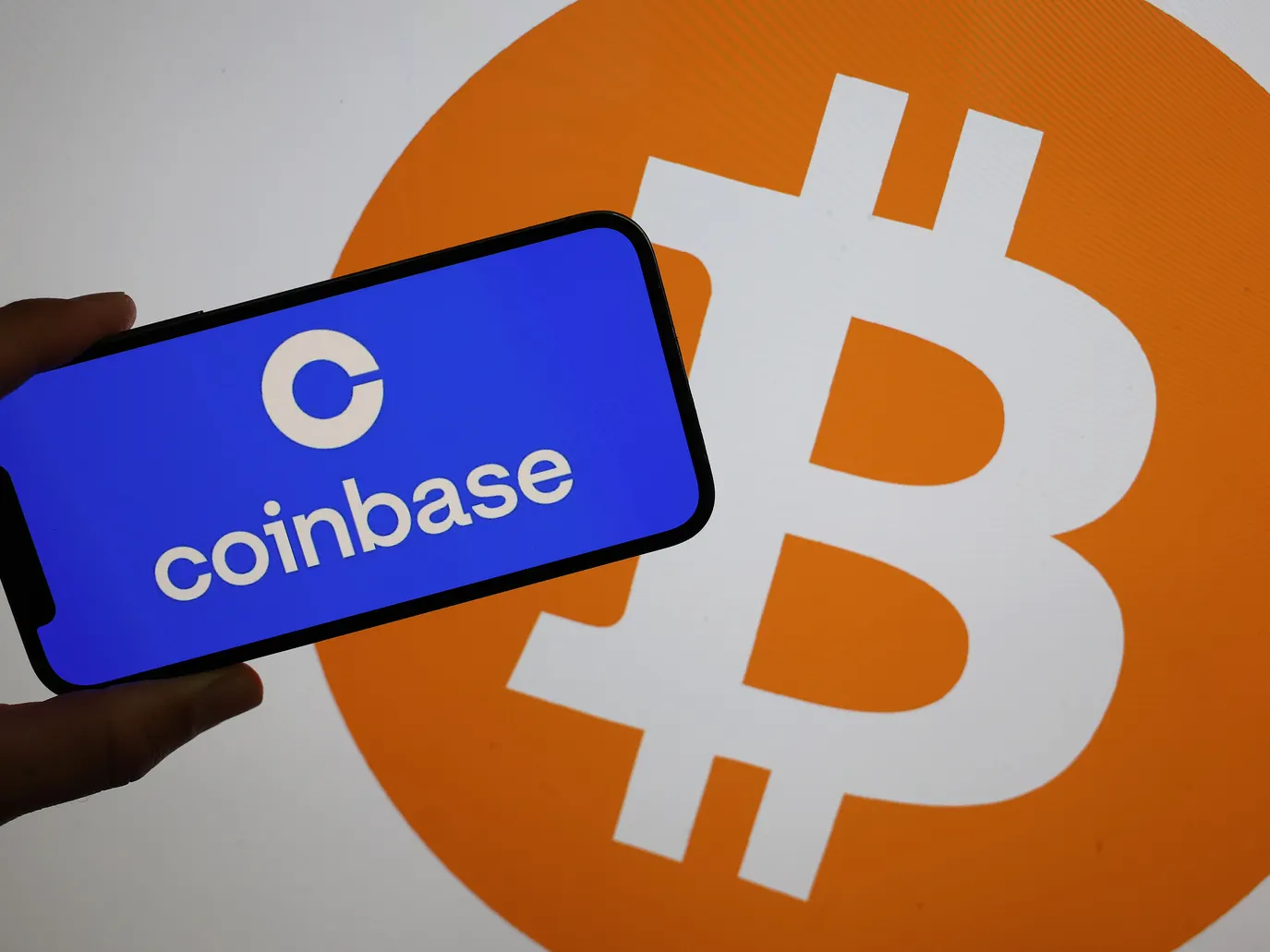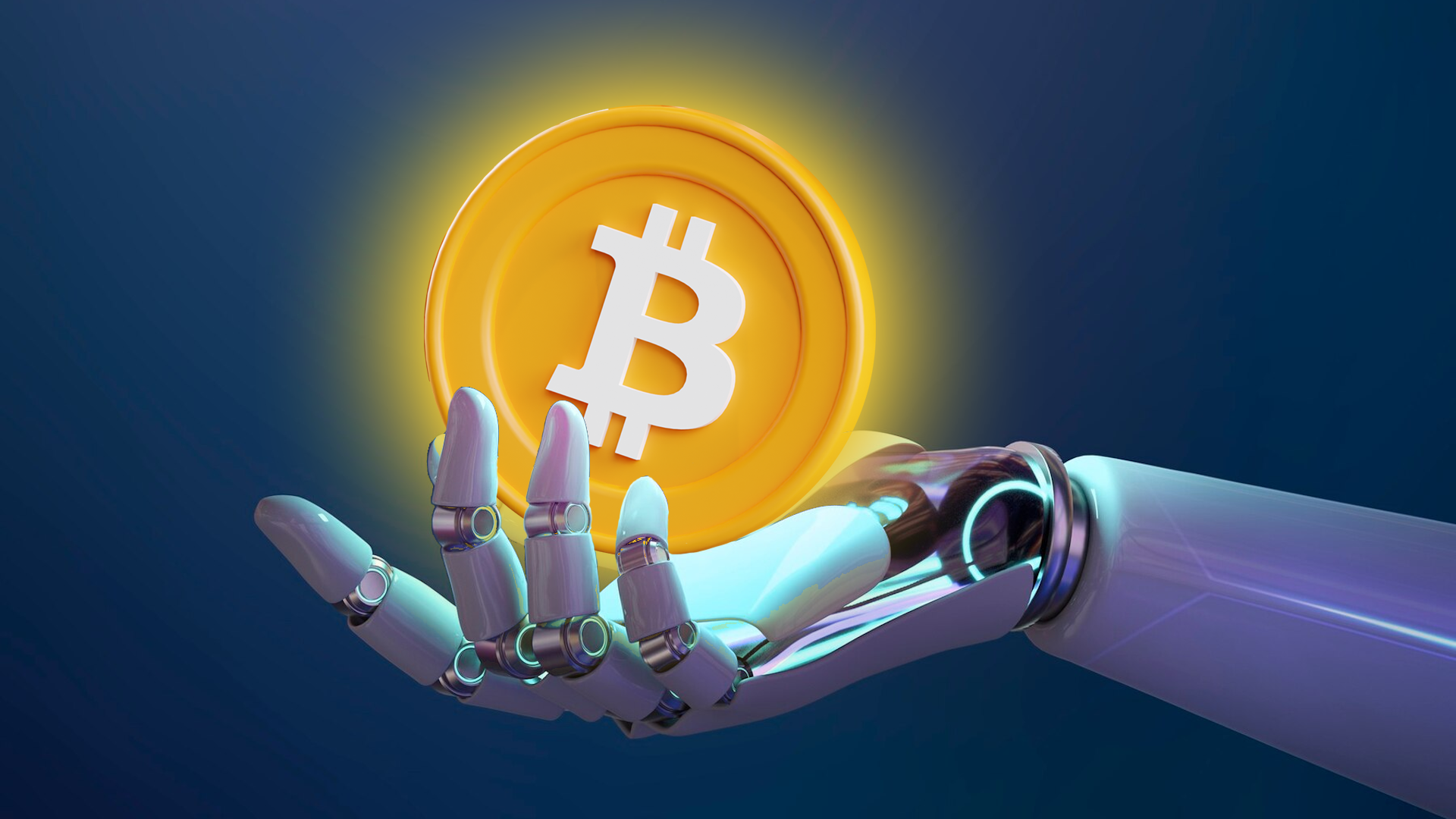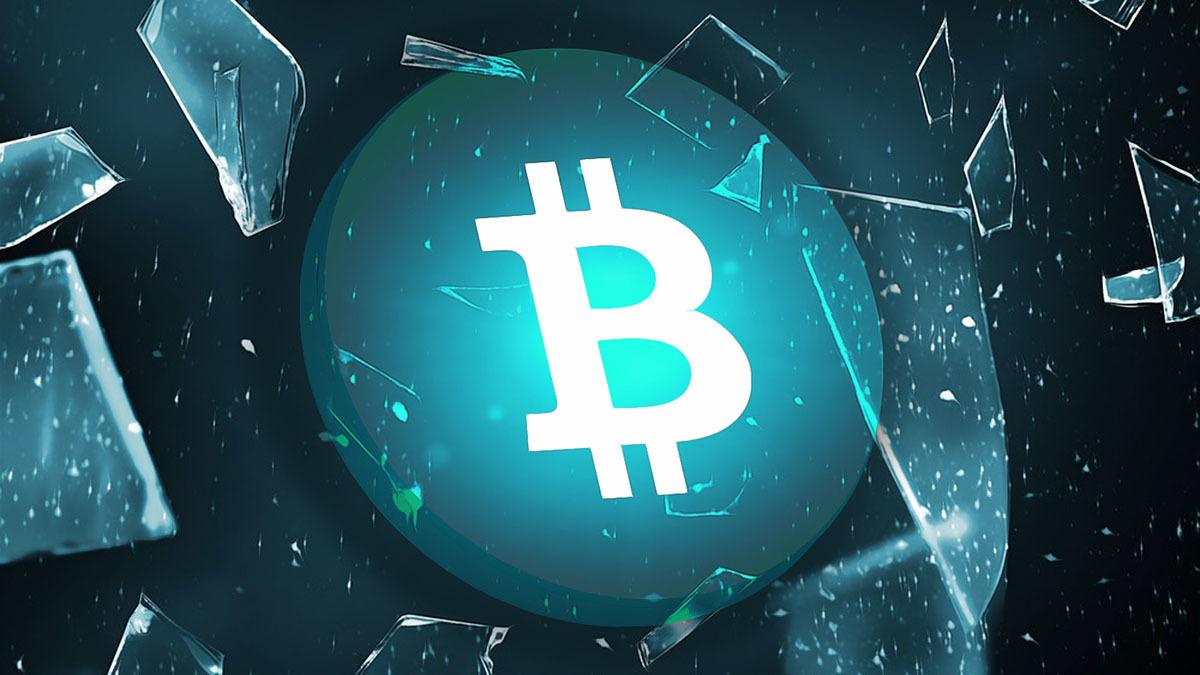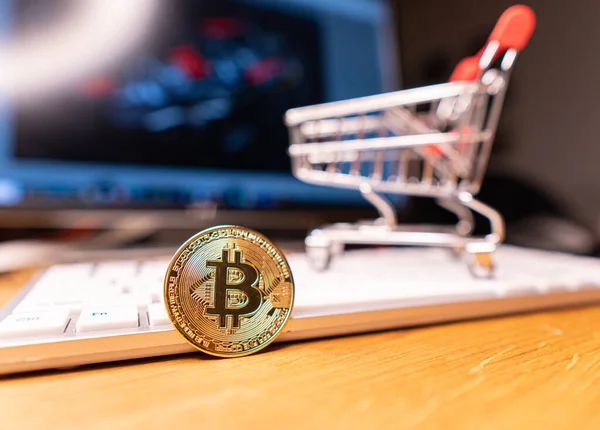Introduction
The concept of the metaverse has captivated the imagination of tech enthusiasts, gamers, and investors alike. This virtual world, where digital and physical realities blend seamlessly, is becoming an integral part of our future economy. At the heart of this transformation is Bitcoin, the pioneering cryptocurrency, and NFTs (Non-Fungible Tokens). Together, they are revolutionizing the way we interact, trade, and value digital assets in the metaverse.
Meta-Crypto: Exploring the Intersection of Cryptocurrency and the Metaverse
Understanding the Metaverse
The metaverse is a collective virtual shared space, created by the convergence of virtually enhanced physical reality and physically persistent virtual reality. It includes augmented reality (AR), virtual reality (VR), and the internet. In the metaverse, users can interact with each other and the environment, create and trade digital assets, and even earn a living.
What Is the Metaverse? Meaning, Features, and Importance
Bitcoin: The Digital Gold of the Metaverse
Bitcoin, often referred to as digital gold, plays a significant role in the metaverse economy. Its decentralized nature, security, and global acceptance make it an ideal currency for virtual transactions. Here’s how Bitcoin is shaping the metaverse:
Digital Transactions: Bitcoin facilitates seamless and secure transactions within the metaverse. Users can buy, sell, and trade virtual goods and services without the need for intermediaries, reducing transaction costs and increasing efficiency.
Store of Value: Just like in the real world, Bitcoin acts as a store of value in the metaverse. Users can hold Bitcoin as an investment or use it to purchase virtual assets, knowing that its value is recognized globally.
Microtransactions: The metaverse economy thrives on microtransactions. Bitcoin’s divisibility allows for transactions of any size, enabling users to make small payments for virtual goods, services, and experiences.
Is Bitcoin Really Digital Gold?
NFTs: Unique Digital Assets
NFTs are unique digital tokens that represent ownership of a specific item or piece of content within the metaverse. Unlike cryptocurrencies, which are identical and can be exchanged on a one-to-one basis, NFTs are one-of-a-kind. Here’s how NFTs are contributing to the metaverse economy:
Digital Ownership: NFTs enable true ownership of digital assets. Whether it’s virtual real estate, digital art, or in-game items, NFTs provide proof of ownership and authenticity, allowing users to buy, sell, and trade these assets securely.
Creativity and Innovation: The metaverse is a playground for creators. NFTs empower artists, musicians, and developers to monetize their creations by selling unique digital items. This has led to a surge in creativity and innovation within virtual worlds.
Interoperability: NFTs can be used across different platforms within the metaverse. For instance, a virtual item purchased in one game can be transferred and used in another, creating a cohesive and interconnected virtual economy.
What Makes Digital Assets (NFTs) Unique?
The Intersection of Bitcoin and NFTs
The synergy between Bitcoin and NFTs is driving the evolution of the metaverse economy. Here are some ways they intersect:
Marketplace Transactions: Many NFT marketplaces accept Bitcoin as a form of payment. This integration simplifies transactions and expands the market for NFTs, making it easier for users to buy and sell digital assets.
Smart Contracts: While Bitcoin itself doesn’t support smart contracts, platforms built on blockchain technology often do. These smart contracts facilitate the automatic execution of transactions and agreements, enhancing the functionality and security of NFT transactions.
Tokenization of Assets: Bitcoin can be used to tokenize real-world assets, bringing them into the metaverse. For example, real estate can be tokenized and represented as NFTs, allowing for fractional ownership and investment within virtual worlds.
Exploring the Intersection of Bitcoin and NFTs
Challenges and Future Prospects
Despite the promising intersection of Bitcoin and the metaverse, challenges remain. The volatility of Bitcoin’s value can impact virtual economies, and issues such as scalability and regulatory concerns need to be addressed. However, the potential for growth is immense.
As technology advances and the metaverse continues to expand, the integration of Bitcoin and NFTs will likely become even more seamless. Virtual economies will become more sophisticated, providing new opportunities for commerce, investment, and social interaction.
NFTs: Opportunities and Challenges
Conclusion
Bitcoin and NFTs are at the forefront of the metaverse revolution, transforming how we perceive and interact with digital assets. Their role in the metaverse economy is pivotal, enabling secure transactions, fostering innovation, and creating new economic opportunities. As we move towards a more digital and interconnected world, the synergy between Bitcoin and the metaverse will continue to shape the future of virtual economies.
